The Palestinian keffiyeh, a traditional Middle Eastern headdress made of cotton or wool, has become a potent symbol of Palestinian identity, resilience, and struggle. Its origins date back centuries, rooted in the practical needs of rural Arab communities where it provided protection from the harsh desert sun, cold winds, and blowing sand. Traditionally, the keffiyeh is characterized by its distinctive black and white or red and white checkered patterns, and it has evolved from a functional piece of clothing into a powerful emblem of political and cultural significance.
The story of the keffiyeh is intertwined with the broader narrative of Palestine itself. It was primarily worn by Arab farmers and shepherds, who fashioned it into a versatile accessory, draping it over their shoulders or wrapping it around their heads. This practicality extended to its use among the Bedouin tribes, who relied on the keffiyeh for protection during their nomadic travels across the varied terrains of the region. The keffiyeh thus served not only as a piece of clothing but also as a reflection of the wearer’s cultural heritage and connection to the land.
In the mid-20th century, the Palestinian keffiyeh began to take on new meanings, particularly in the context of the Palestinian struggle for self-determination. The pivotal moment in the keffiyeh’s transformation occurred during the 1960s, coinciding with the rise of the Palestine Liberation Organization (PLO) and the resurgence of national consciousness among Palestinians. The keffiyeh became closely associated with prominent figures like Yasser Arafat, the leader of the PLO, who often wore it as a symbol of his commitment to the Palestinian cause. His adoption of the garment helped cement its status as a symbol of resistance against oppression, and soon, it was embraced by Palestinians and allies worldwide.
The keffiyeh’s black-and-white pattern, in particular, has evolved into a recognized icon within the broader struggle for justice and human rights. It has transcended geographical boundaries, as it has been worn by activists and supporters of various movements advocating for self-determination and equality across the globe. This universality of the keffiyeh’s appeal highlights the interconnectedness of struggles against colonialism, imperialism, and systemic oppression.
In the late 20th and early 21st centuries, the keffiyeh experienced a resurgence not only as a symbol of resistance but also as a fashion statement. It began to gain popularity in the West, adopted by celebrities, artists, and fashion enthusiasts who used it as a statement of solidarity or style. This appropriation sparked conversations about the commodification of cultural symbols, notably raising questions about the ethics of wearing a garment that signifies deep cultural and political significance. The transformation of the keffiyeh into a fashion item also highlighted the delicate balance between appreciation of heritage and the risk of diluting its meaning in popular culture.
Despite such appropriation, the keffiyeh remains profoundly important to Palestinians. For many, wearing the keffiyeh carries emotional and cultural weight; it signifies belonging and a steadfast commitment to the Palestinian identity and cause. The keffiyeh is often worn during demonstrations, protests, and cultural events, reinforcing its status as a visual testament to collective resistance and solidarity among Palestinians, both within the occupied territories and in the diaspora. The keffiyeh symbolizes the enduring spirit of a people who continue to strive for recognition, justice, and peace.
Moreover, the keffiyeh has evolved in its production and designs, reflecting both traditional craftsmanship and contemporary creativity. Local artisans and manufacturers have embraced the keffiyeh, ensuring that it remains a vital part of the Palestinian economy, while also serving as a canvas for artistic expression. Innovative designs that incorporate modern patterns and colors enable the keffiyeh to reach a broader audience, and collaborative initiatives with international designers have also brought renewed attention to the symbol, providing avenues for economic empowerment.
As the Israeli-Palestinian conflict continues with its complexities and challenges, the keffiyeh stands as a reminder of the ongoing struggle for recognition and rights. It embodies the memories of past generations while inspiring hope for future generations. Wearing the keffiyeh is often an act of defiance and pride, a way for individuals to connect with their history and assert their identity in a landscape fraught with tension and uncertainty.
In conclusion, the Palestinian keffiyeh transcends its humble origins to become a multifaceted symbol of identity, resistance, and hope. Its journey from a practical garment to an emblem of national pride and global solidarity reflects the enduring spirit of the Palestinian people in their quest for justice and recognition. The keffiyeh is not merely a piece of fabric; it is a narrative of resilience, an embodiment of a rich cultural heritage, and an enduring reminder of the ongoing struggle for freedom and dignity. As it continues to evolve and adapt through the ages, the keffiyeh remains a powerful testament to the story of Palestine and the unyielding spirit of its people.
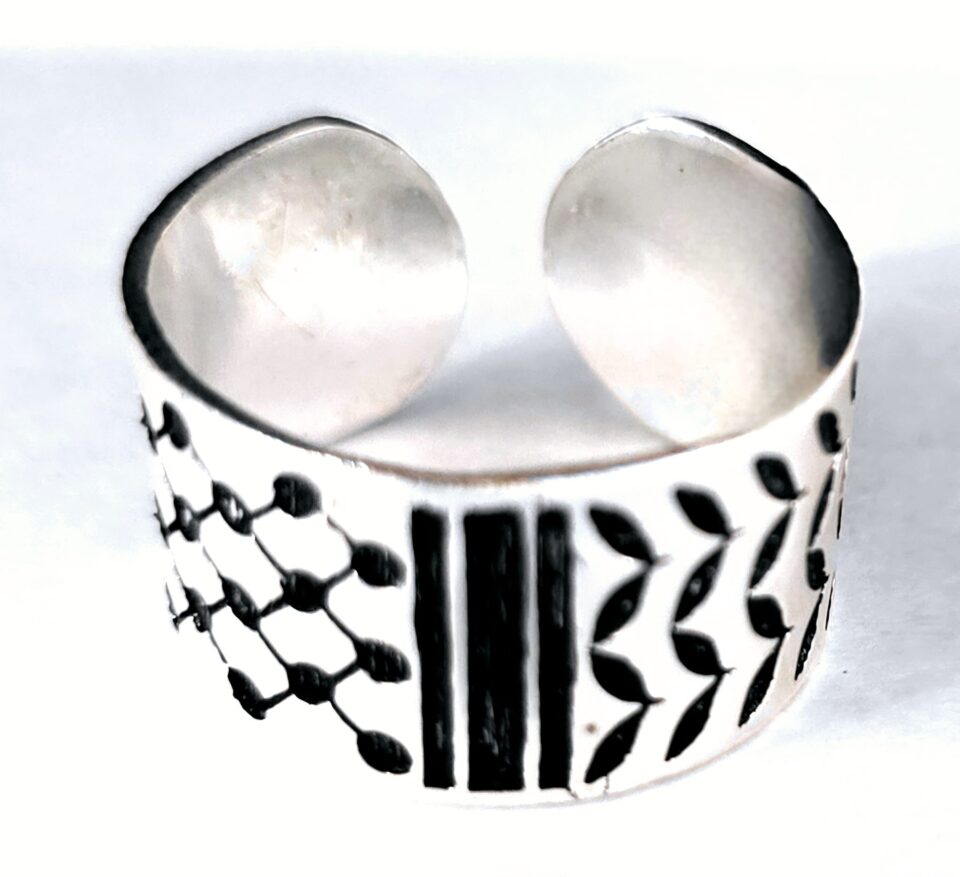
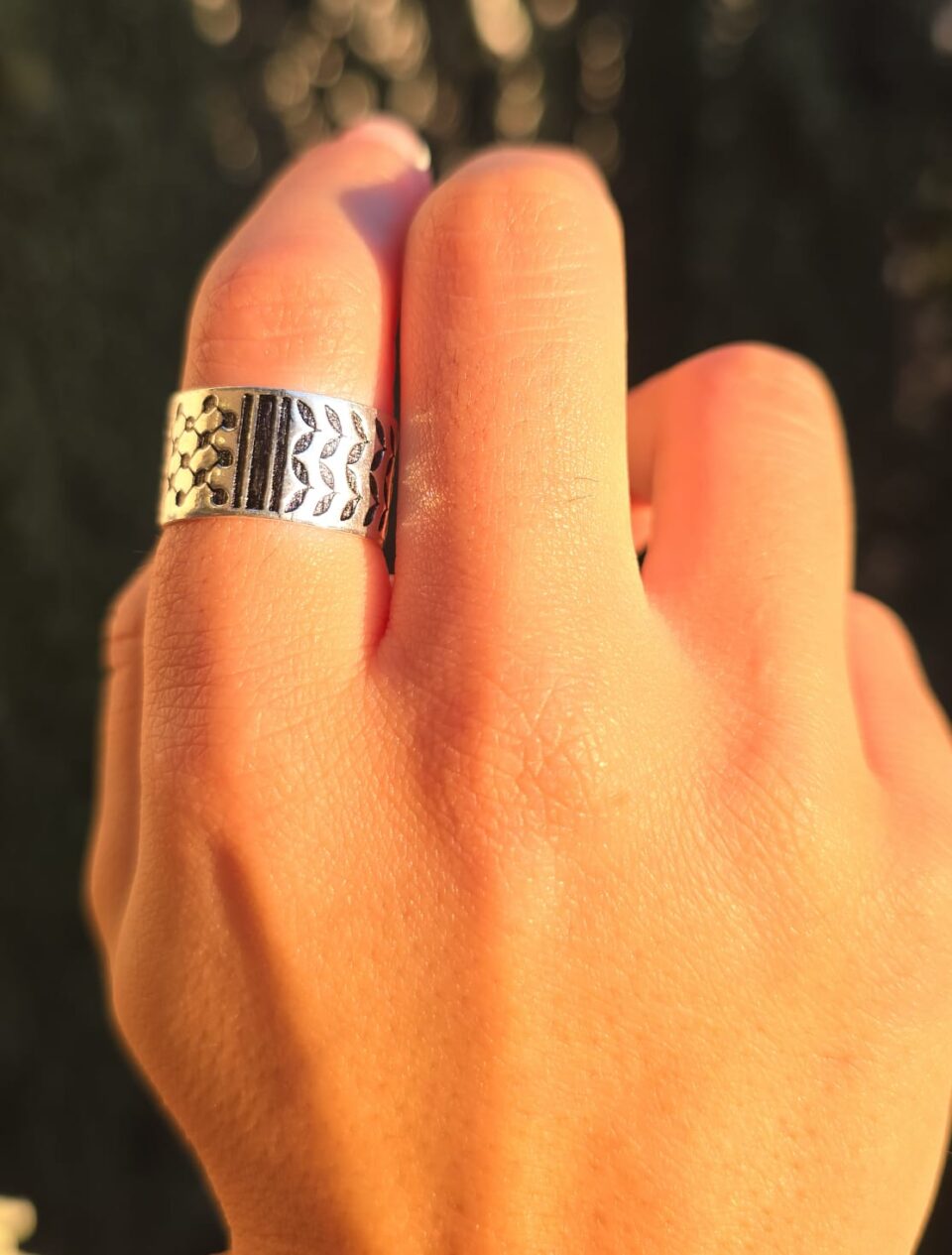
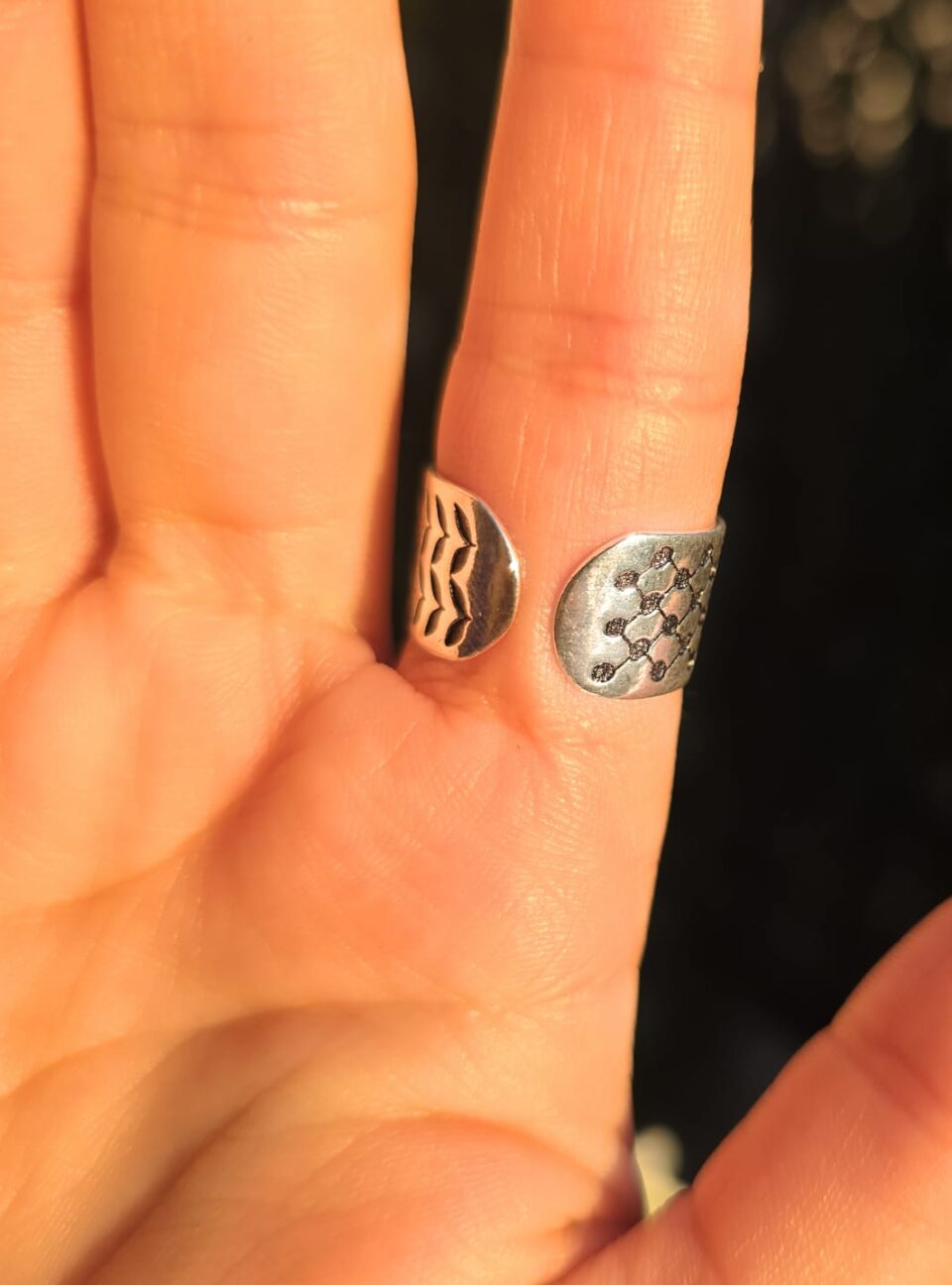



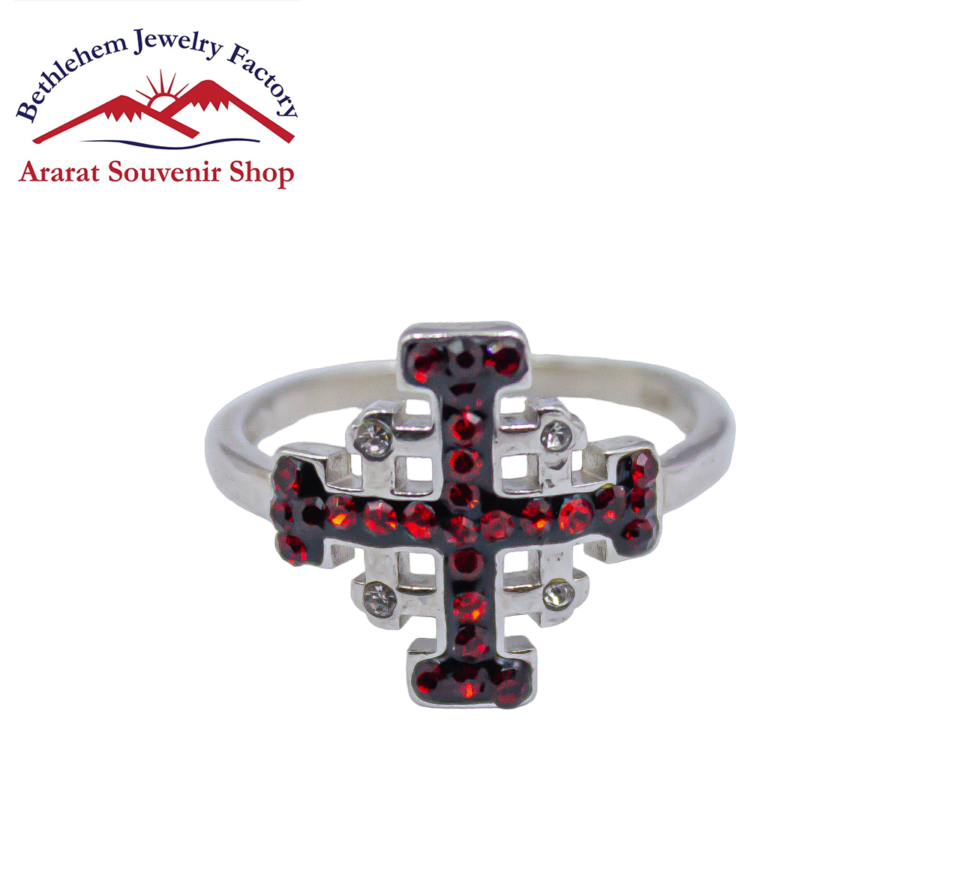



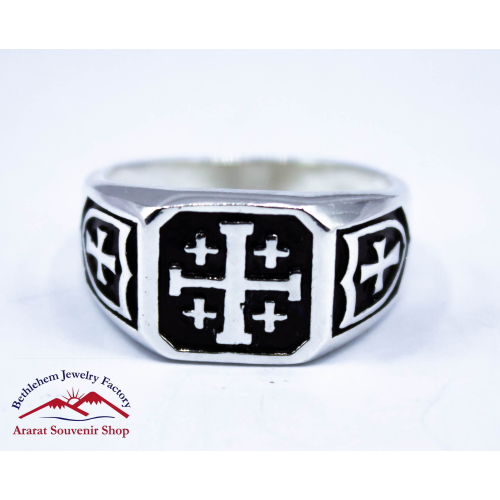
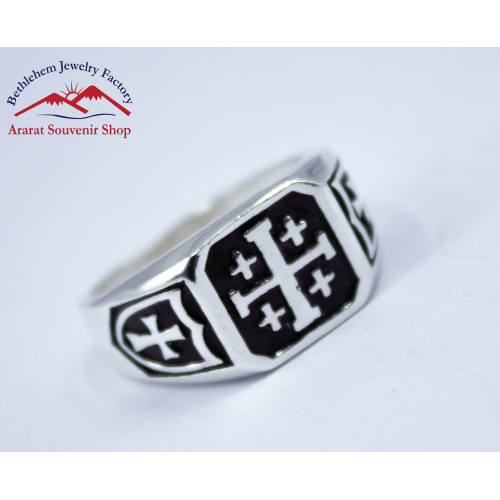

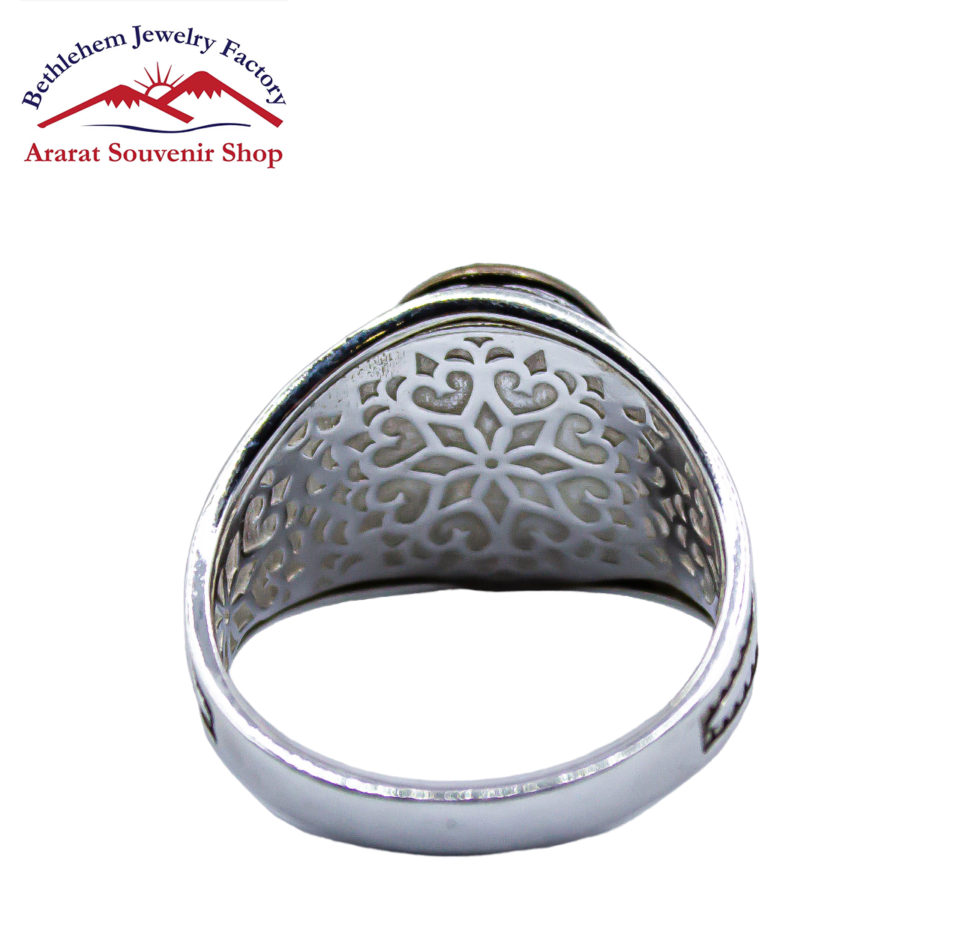
Reviews
There are no reviews yet.